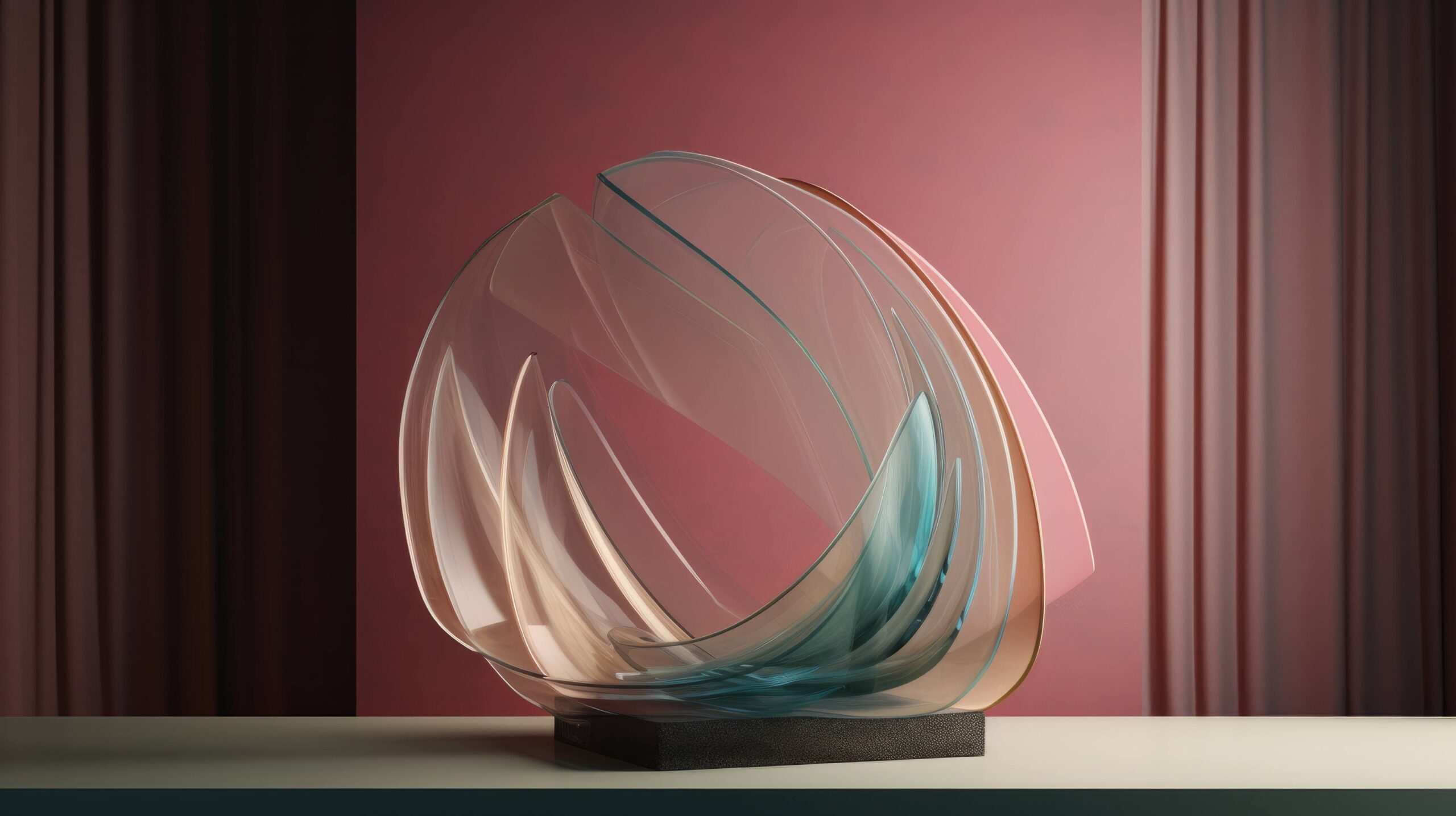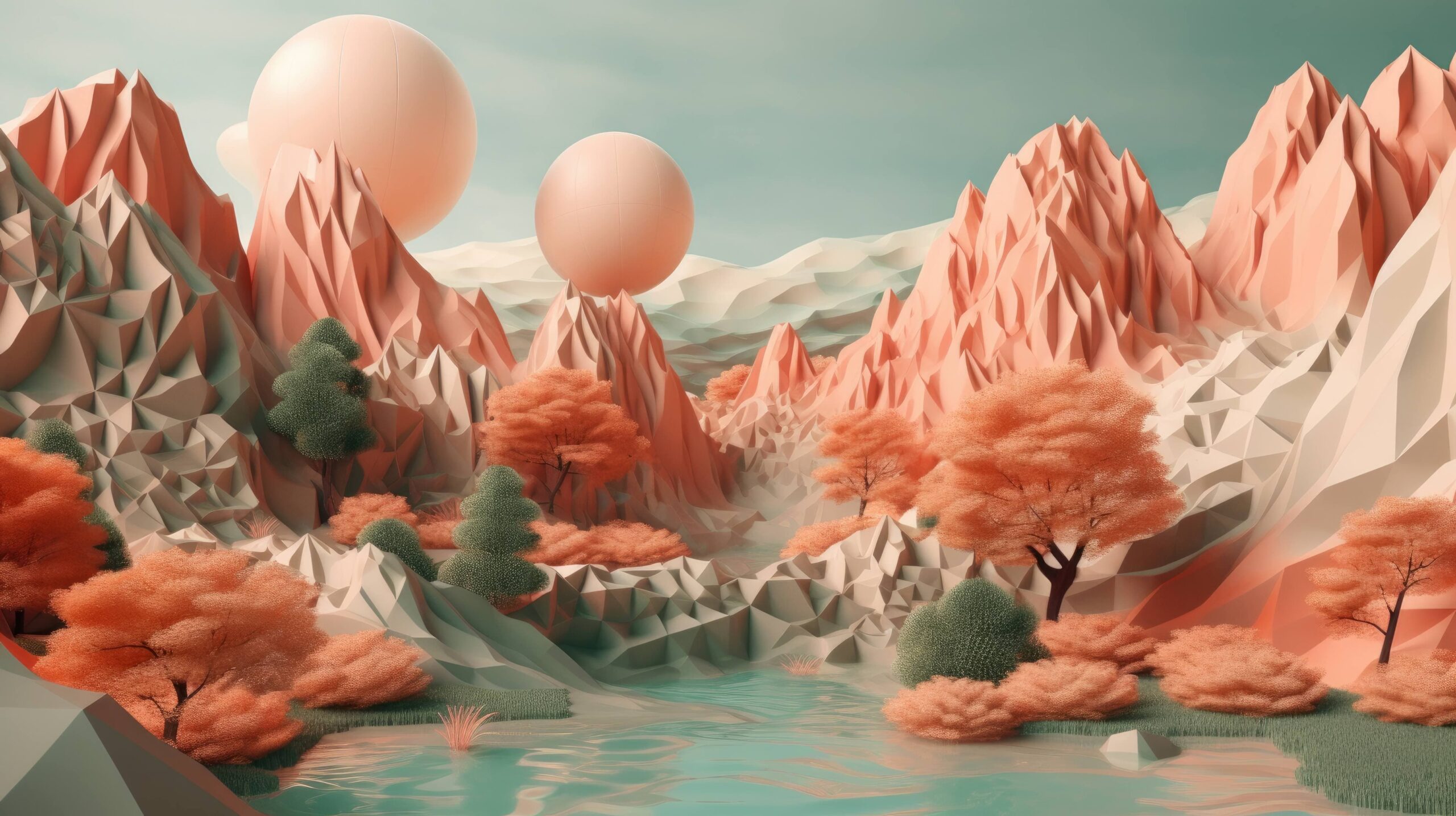
Design is the language of visual expression, the art of problem-solving brought to life through creativity and innovation. From the user interfaces we interact with to the physical products we use, design shapes our experiences and influences our perceptions of the world. In this article, we will delve into the fascinating world of design, exploring the concepts that drive its evolution and its potential to transform our lives.
Bridging the Gap: Aesthetics and Functionality
Design has long been perceived as a delicate balancing act between aesthetics and functionality. But how can we bridge the gap between these two essential elements? The answer lies in embracing a holistic approach that marries form and function seamlessly. By harmonizing visual appeal with practical usability, we create designs that not only captivate our senses but also enhance our daily lives. The union of aesthetics and functionality creates a powerful synergy that elevates design to new heights.

Design as a Holistic Experience
What if design transcended the realm of mere visuals and became a holistic experience? Imagine a world where every touchpoint, every interaction with a design, evoked emotions, and left a lasting impact. Design can be a conduit for storytelling, evoking a sense of wonder, nostalgia, or excitement. By carefully crafting experiences that engage all our senses, we create designs that resonate deeply and forge meaningful connections with our users. Design becomes a journey, an immersive adventure that captivates and inspires.
Design’s Power to Evoke Emotions and Tell Stories
The design has the remarkable ability to evoke emotions and tell compelling stories. Whether through the choice of colors, the use of typography, or the arrangement of elements, design has the power to elicit a wide range of feelings and narratives. A well-designed product or interface can evoke joy, curiosity, or even a sense of calm. It can transport us to different eras, cultures, or environments. By harnessing the emotional potential of design, we create experiences that resonate deeply within us and leave a lasting impression.

Human-Centered Design: Revolutionizing Problem-Solving
At the heart of the design lies problem-solving. But how can we approach problem-solving in a way that truly meets the needs and desires of the people we design for? The answer lies in human-centered design—a philosophy that places the end-users at the core of the design process. By empathizing with users, understanding their perspectives, and involving them throughout the design journey, we create solutions that address their real-life challenges and aspirations. Human-centered design not only revolutionizes problem-solving but also empowers individuals and communities by putting their voices and experiences front and center.
Design is a multidimensional art form that shapes our world and influences our interactions. By bridging the gap between aesthetics and functionality, the design creates harmonious and meaningful experiences. It has the power to evoke emotions, tell stories, and ignite our imaginations. Through human-centered design, we can solve problems with empathy and create solutions that truly make a difference in people’s lives.
As we continue to push the boundaries of design, let us embrace its transformative potential and use it to craft a future where beauty, functionality, and human connection coexist in perfect harmony.

1. How can design enhance user experiences?
Design enhances user experiences by creating intuitive interfaces, visually appealing products, and immersive environments. By focusing on user needs, preferences, and emotions, designers can create experiences that are engaging, delightful, and memorable.
2. What is the role of storytelling in design?
Storytelling in design adds depth and meaning to the user experience. By crafting narratives through visual elements, typography, and interaction flows, designers can evoke emotions, convey messages, and create a cohesive and engaging journey for the users.

3. What are the key principles of human-centered design?
The human-centered design revolves around empathy, inclusivity, and collaboration. It involves understanding user needs, involving users in the design process, and iterating based on feedback. This approach ensures that designs are relevant, usable, and impactful for the people they are intended to serve.


